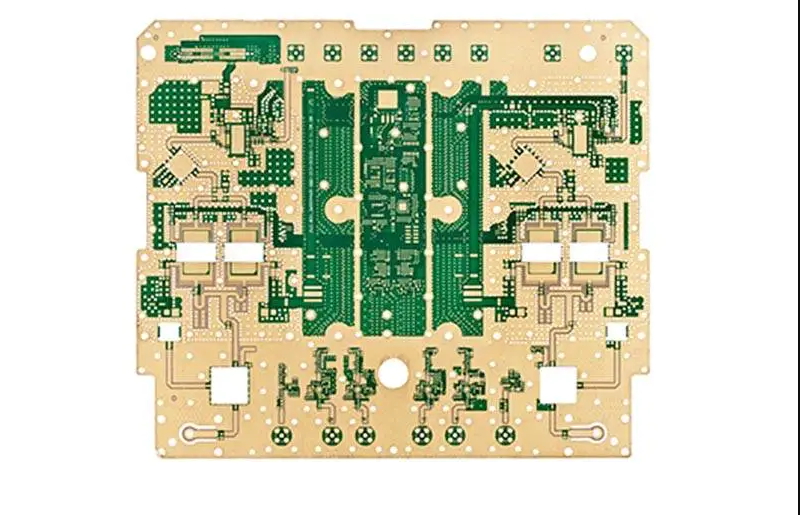Unleashing the Power of High-Frequency PCBs: A Comprehensive Guide

In the fast-paced world of electronics, where data transmission speeds are reaching unprecedented levels, the demand for High Frequency PCB printed circuit boards (PCBs) is on the rise. Whether you’re designing cutting-edge communication systems, radar applications, or advanced medical devices, understanding the intricacies of high-frequency PCBs is crucial. In this comprehensive guide, we will delve into the key aspects of high-frequency PCB design, addressing the challenges and opportunities that come with pushing the limits of signal integrity.
I. Understanding High-Frequency PCBs:
- Frequency Spectrum Overview:
- Define what constitutes high frequency in the context of PCBs.
- Explore the frequency ranges commonly associated with high-frequency applications.
- Importance of Signal Integrity:
- Explain why maintaining signal integrity is paramount in high-frequency applications.
- Discuss the impact of signal loss, reflections, and electromagnetic interference (EMI) on system performance.
II. Design Considerations for High-Frequency PCBs:
- Material Selection:
- Highlight the importance of choosing suitable substrate materials.
- Compare popular high-frequency materials like Rogers, PTFE, and others.
- Trace and Via Design:
- Discuss the significance of controlled impedance for signal integrity.
- Explore best practices for trace routing and via placement in high-frequency PCBs.
- Grounding and Power Distribution:
- Address the challenges of effective grounding in high-frequency designs.
- Provide strategies for minimizing ground loops and optimizing power distribution.
- Component Placement:
- Explain the impact of component placement on signal paths and crosstalk.
- Offer tips for strategic component arrangement to enhance performance.
III. Manufacturing and Testing:
- Manufacturing Challenges:
- Discuss the challenges associated with manufacturing high-frequency PCBs.
- Explore advanced manufacturing techniques, such as laser drilling and controlled impedance testing.
- Testing and Validation:
- Outline the importance of rigorous testing in high-frequency PCB design.
- Introduce common testing methods, including time domain reflectometry (TDR) and vector network analysis (VNA).
IV. Applications and Industries:
- Telecommunications and 5G:
- Explore the role of high-frequency PCBs in enabling faster and more reliable telecommunications networks.
- Discuss the impact on 5G infrastructure and emerging technologies.
- Aerospace and Defense:
- Highlight the critical applications of high-frequency PCBs in radar systems, satellite communication, and defense electronics.
- Discuss the stringent requirements and standards in the aerospace and defense industries.







